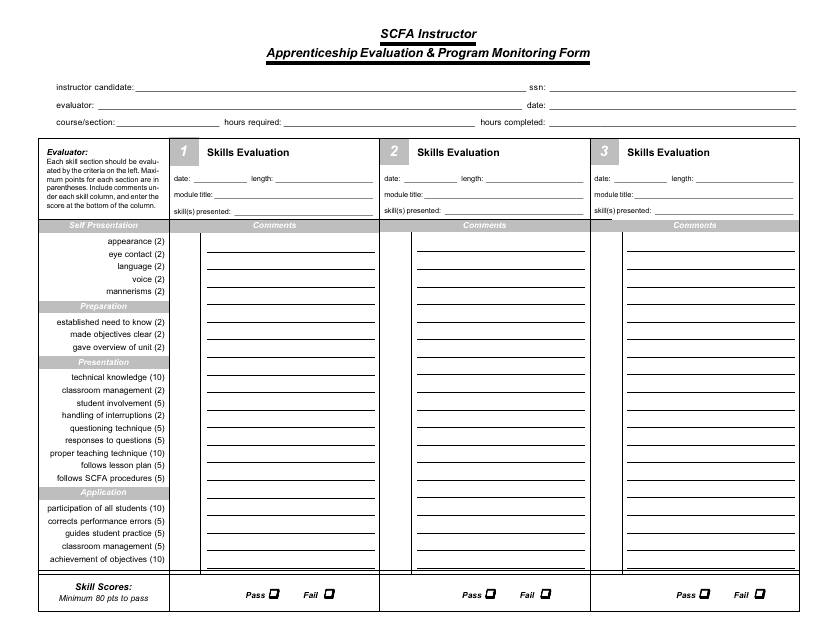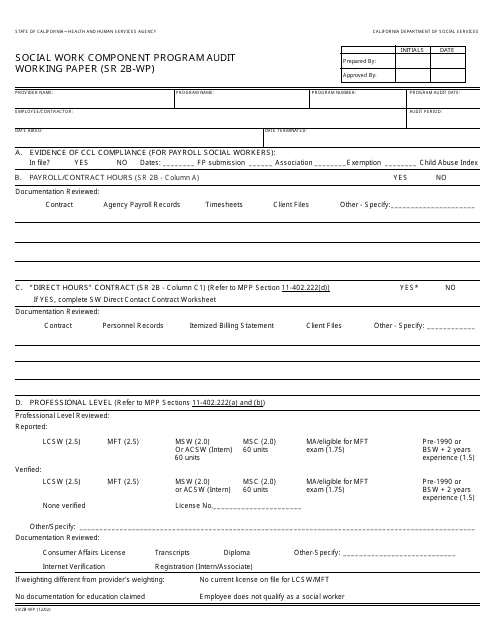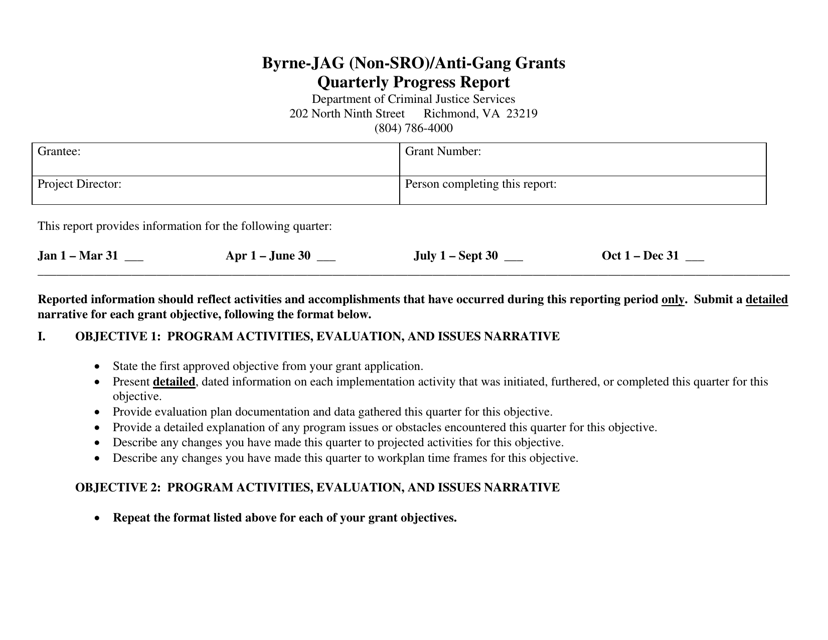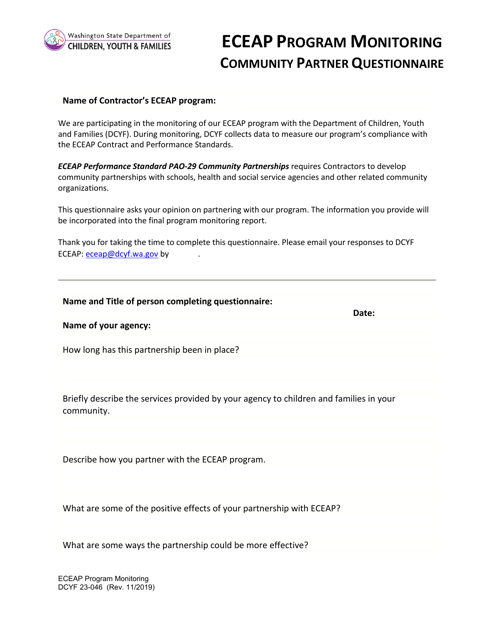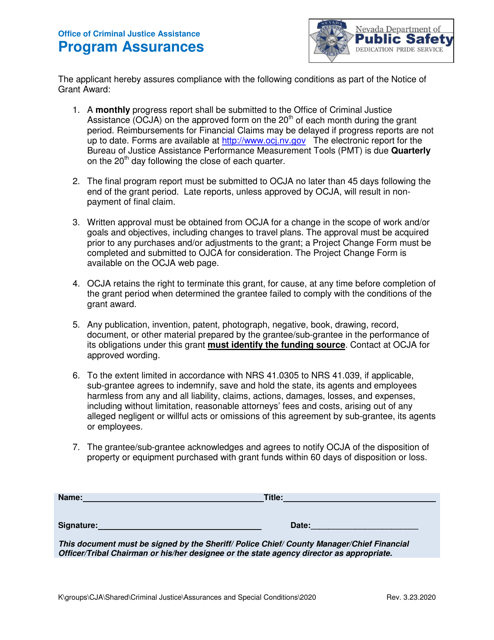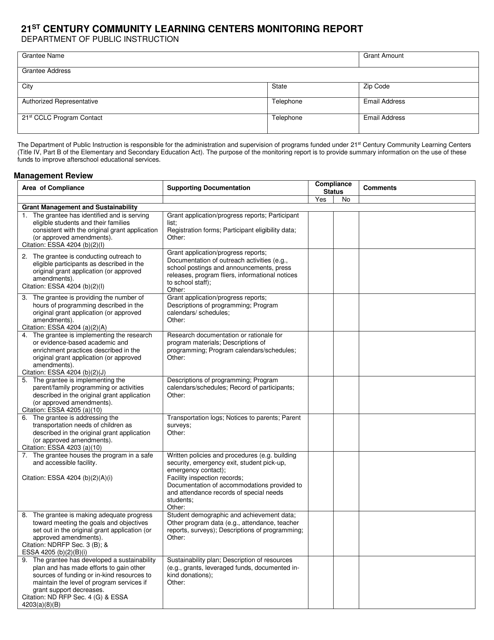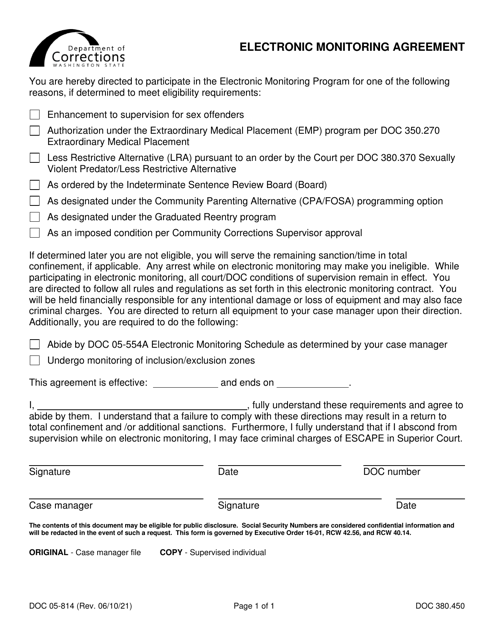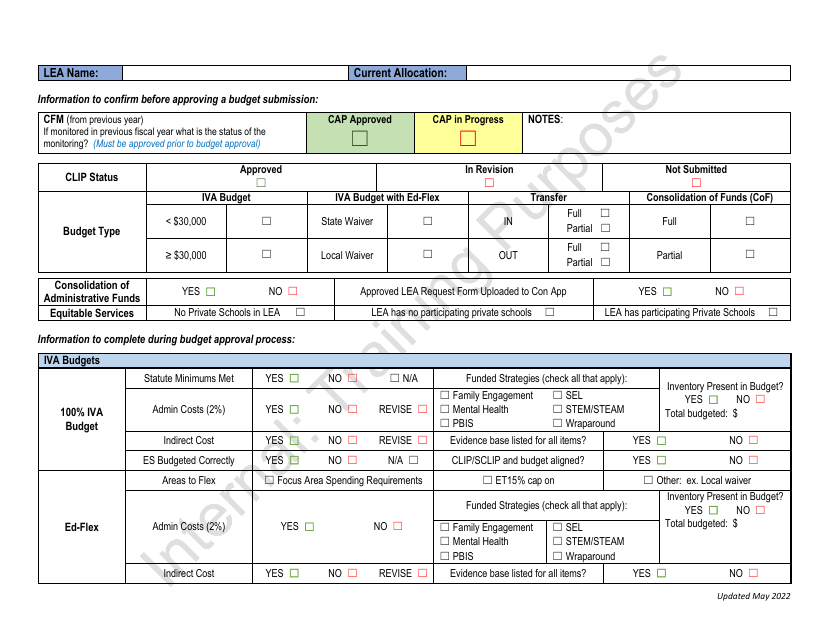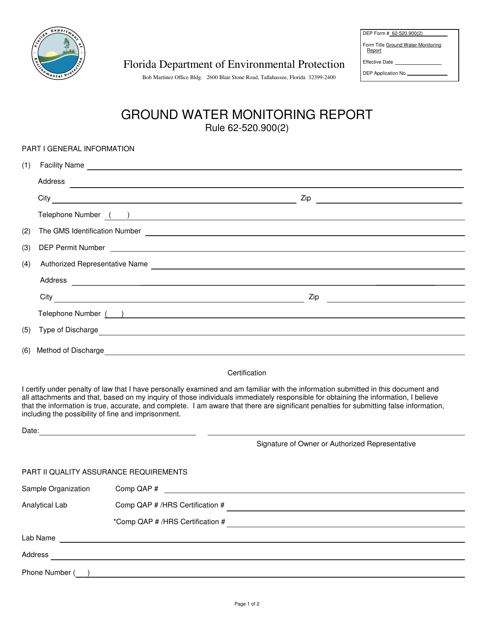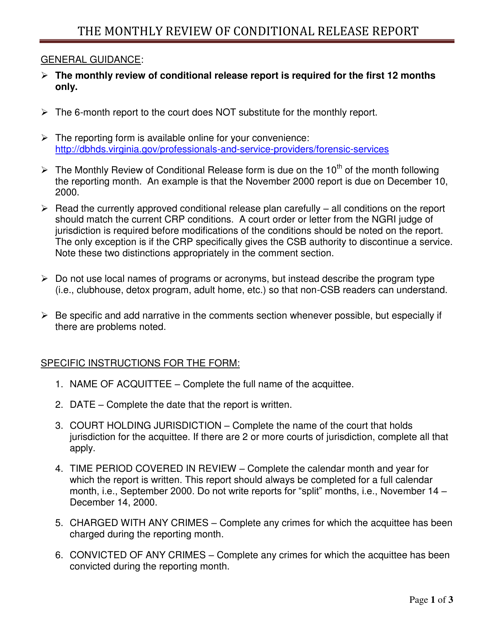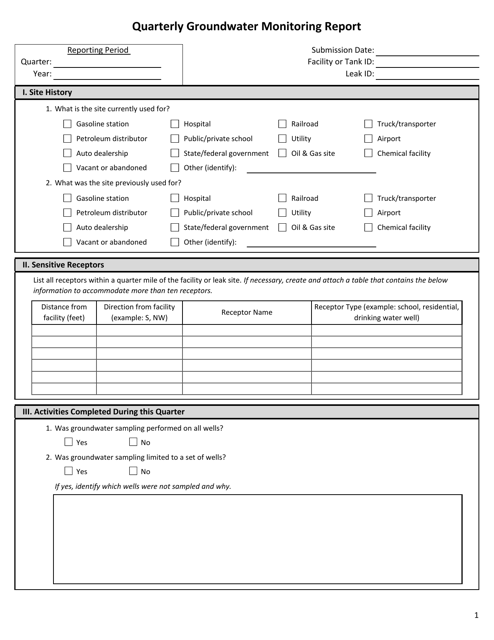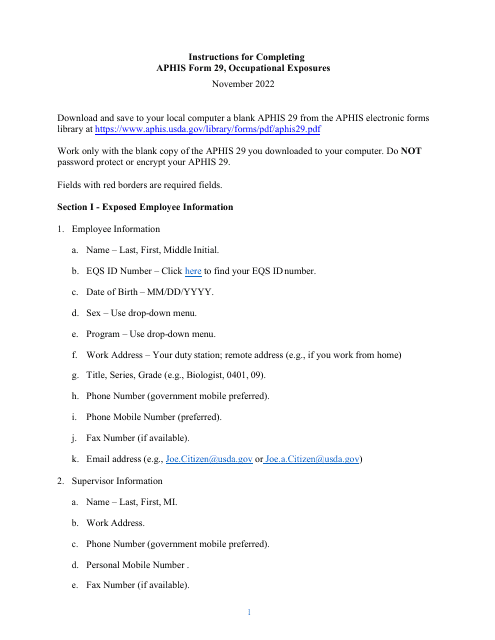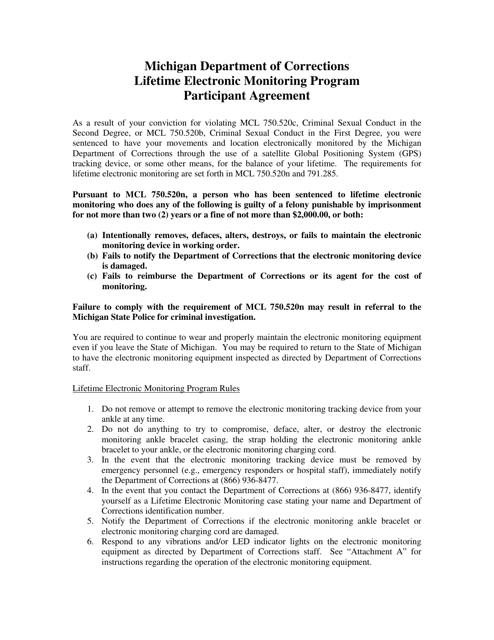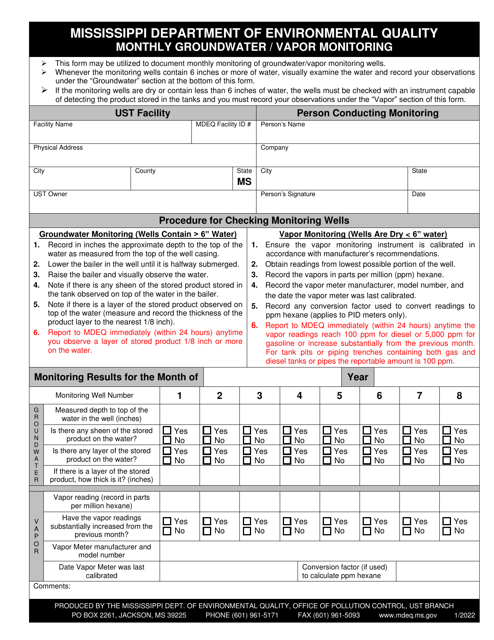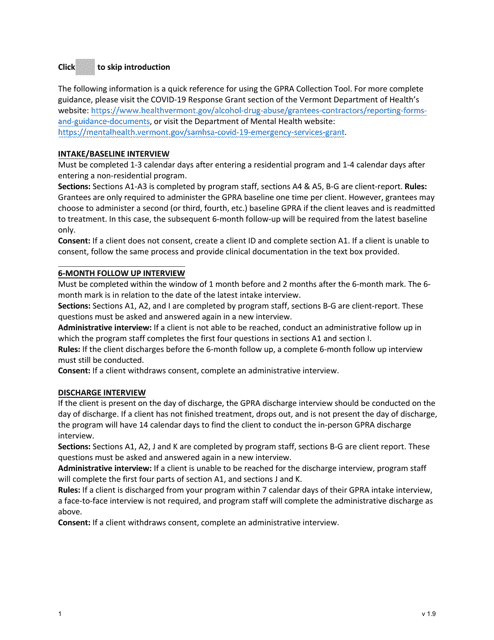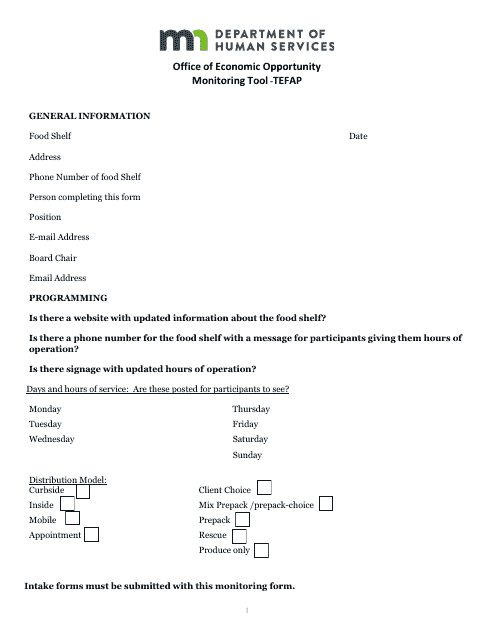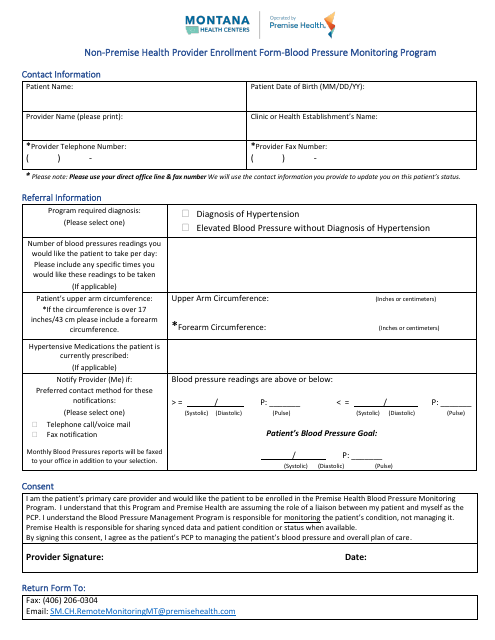Program Monitoring Templates
Program monitoring, also known as monitor program or monitoring program, is an essential aspect of ensuring the effectiveness and efficiency of various programs and initiatives. It involves the systematic collection and analysis of data and information to gauge the progress, identify areas of improvement, and make informed decisions.
At its core, program monitoring aims to assess the performance and impact of programs and initiatives. By closely monitoring the implementation and outcomes, organizations can understand whether their efforts are achieving the desired goals and objectives. This process helps in identifying any deviations or gaps and enables timely corrective actions to be taken.
Program monitoring is conducted through various means such as questionnaires, reports, and reviews. These monitoring tools provide a comprehensive overview of the program's activities, resource allocation, and participant satisfaction. They also help program administrators and policymakers in making data-driven decisions and improving program delivery.
In addition, program monitoring ensures compliance with regulatory requirements and standards. It helps organizations meet their accountability and reporting obligations by collecting and documenting the necessary evidence of program performance.
Whether it is the DCYF Form 23-046 Eceap Program Monitoring Community Partner Questionnaire in Washington or the 21st Century Community Learning Centers Monitoring Report in North Dakota, program monitoring plays a crucial role in ensuring the smooth functioning of initiatives across various sectors. It helps to identify strengths and weaknesses, promote transparency, and drive continuous improvement.
With the aid of program monitoring, organizations can enhance their decision-making processes, optimize resource allocation, and enhance the overall performance and impact of their programs. By closely monitoring and evaluating their initiatives, they can drive positive change and achieve their intended outcomes.
Documents:
17
This form is used for evaluating and monitoring the apprenticeship program for SCFA (South Carolina Fire Academy) instructors.
This form is used for conducting program audits in the social work component of California. It serves as a working paper for documenting the audit process and findings.
This form is used for reporting the quarterly progress of Byrne-JAG (Non-SRO)/Anti-Gang grants in the state of Virginia. It helps track the progress and effectiveness of these grants in combating gang-related activities.
This Form is used for the Washington Early Childhood Education and Assistance Program (ECEAP) to monitor community partners.
This document for ensuring program compliance and accountability in Nevada. It outlines the expectations and responsibilities of program participants.
This document is a report that assesses the monitoring of 21st Century Community Learning Centers in North Dakota. It evaluates the effectiveness and compliance of these centers in providing educational and enrichment activities for students outside of regular school hours.
This document is an Electronic Monitoring Agreement specific to the state of Washington. It is used for establishing the terms and conditions of electronic monitoring for individuals who are subject to supervision or parole.
This document is used for reporting on the monitoring of groundwater in Florida.
This document provides instructions for conducting a monthly review of conditional release in the state of Virginia. It outlines the steps and requirements for ensuring compliance and monitoring the progress of individuals who have been released under certain conditions.
This document is a Quarterly Groundwater Monitoring Report for the state of West Virginia. It provides information on the monitoring of groundwater levels and quality in the area.
This document is a participant agreement for the Lifetime Electronic Monitoring Program in Michigan. It outlines the terms and conditions that participants must adhere to while being monitored electronically for life.
This Form is used for monitoring the distribution of emergency food assistance through the TEFAP program in Minnesota.

